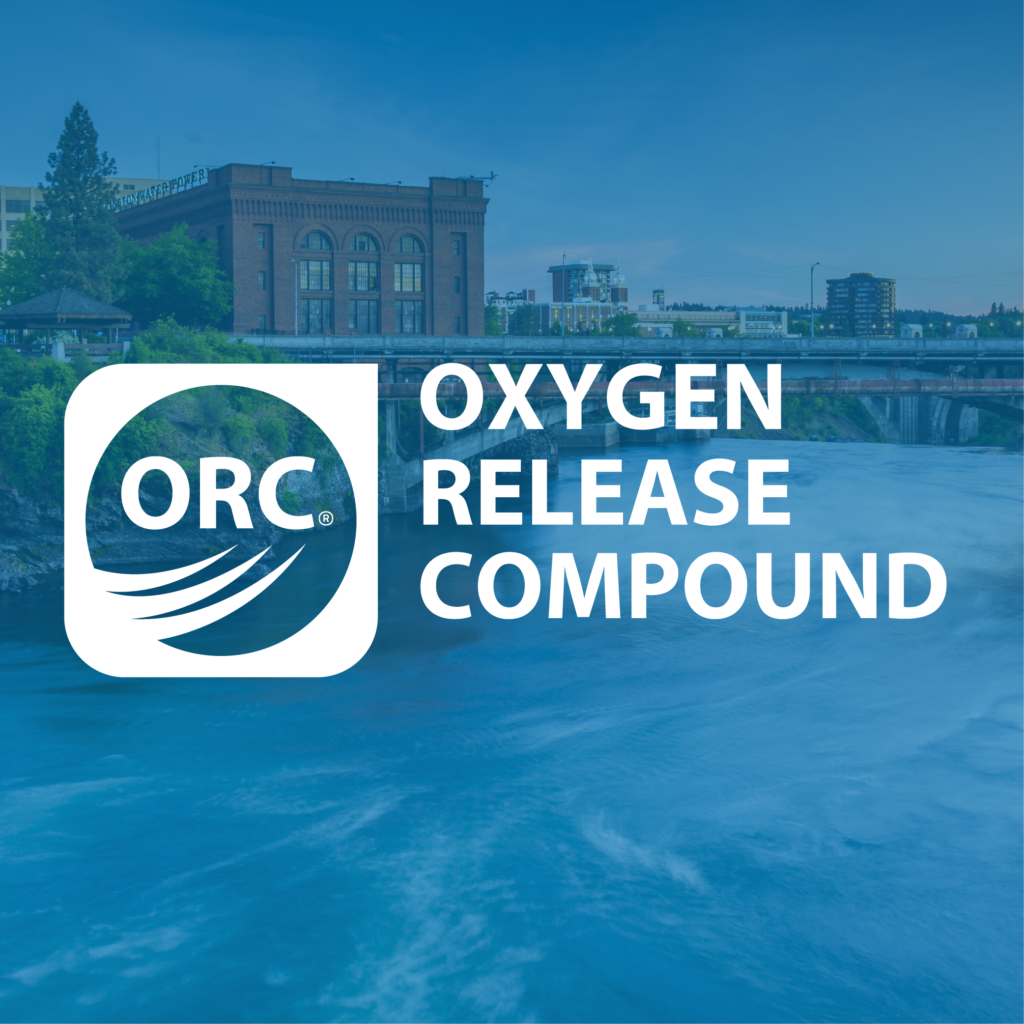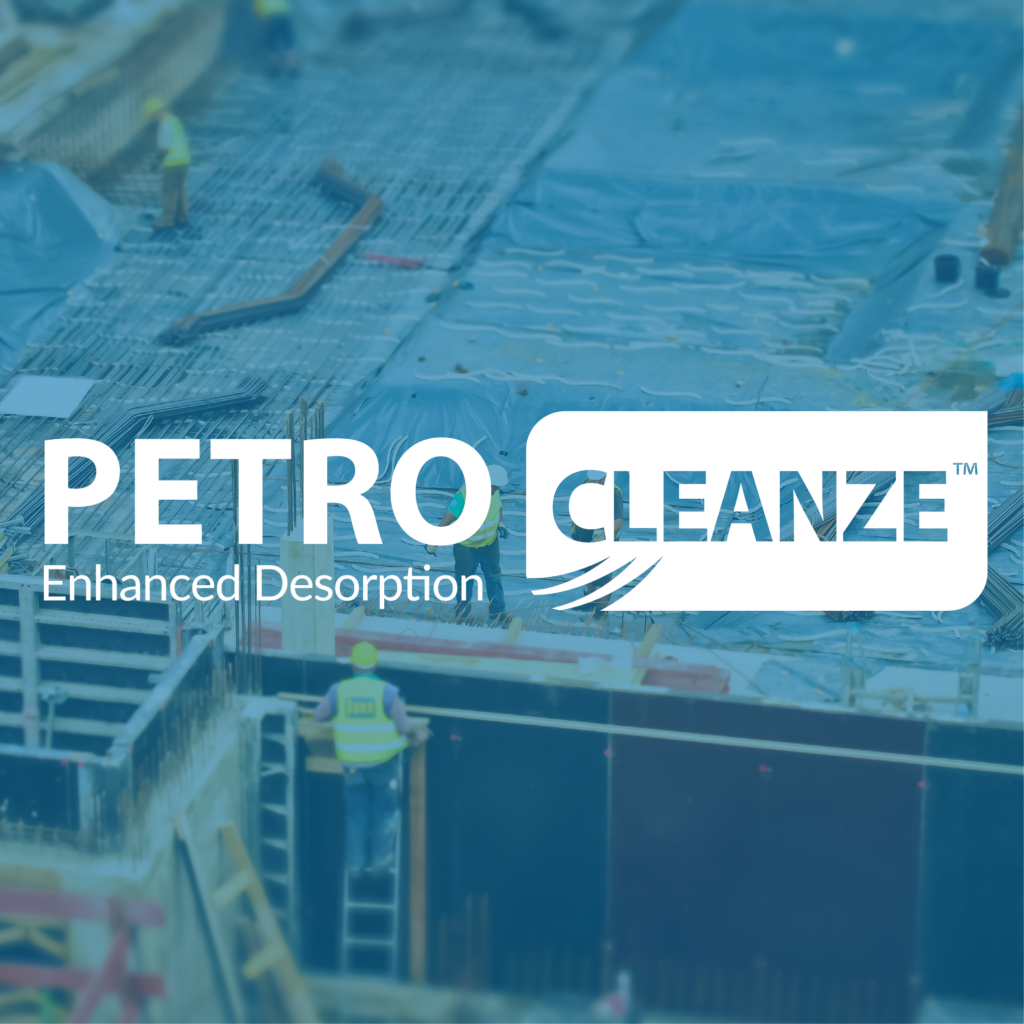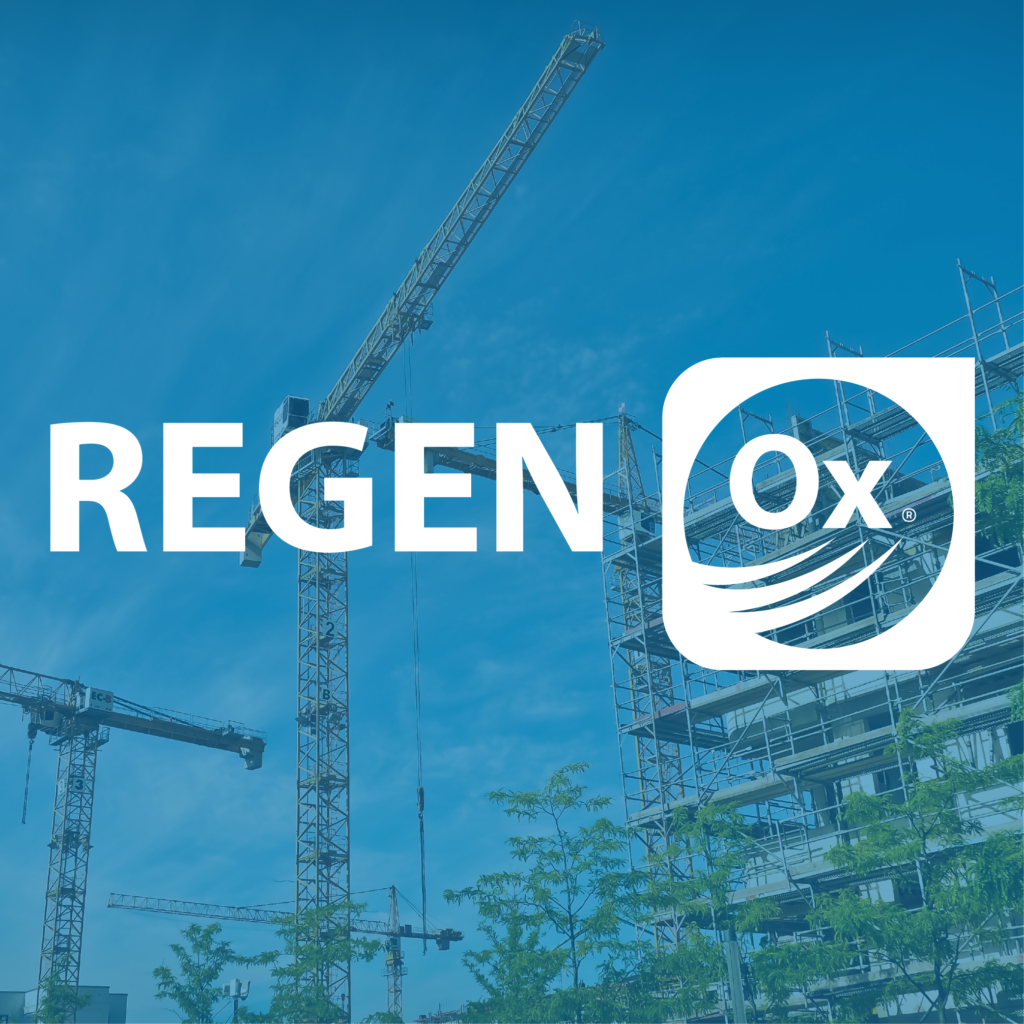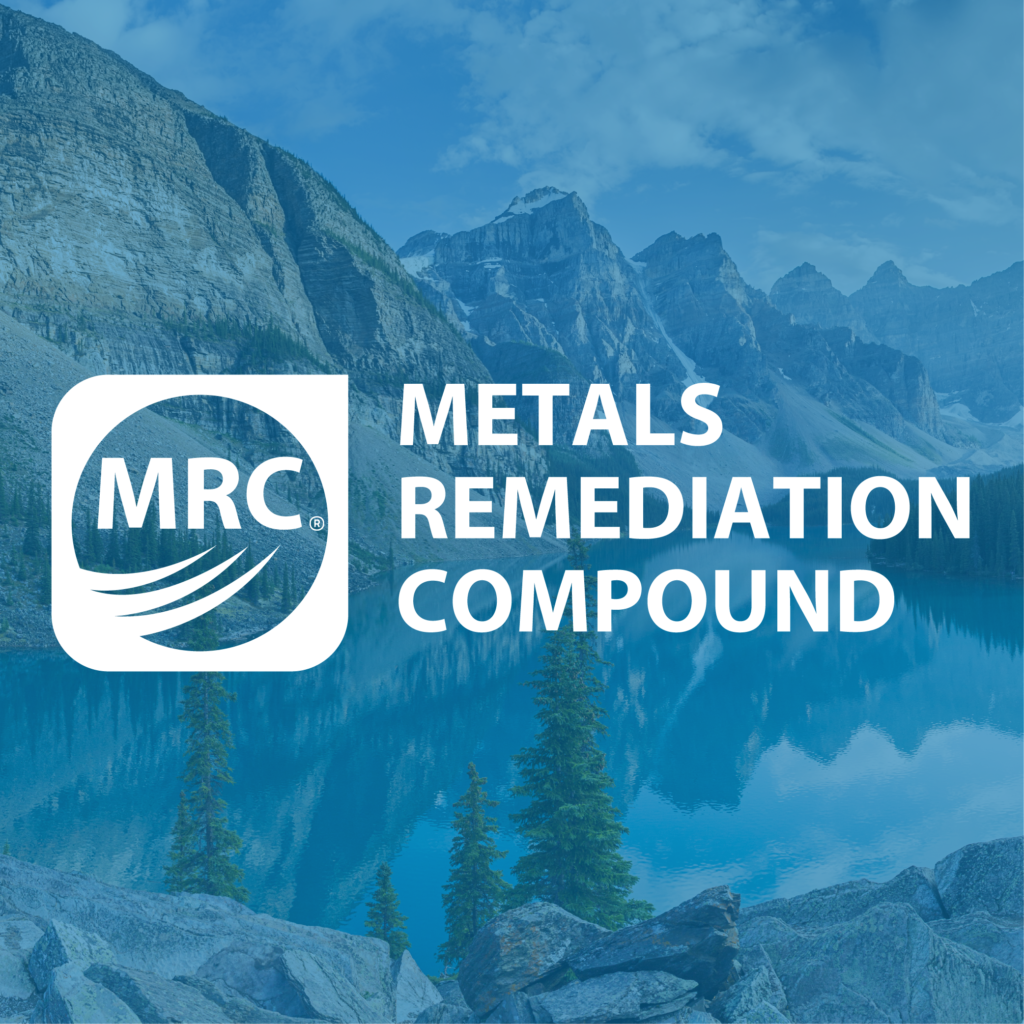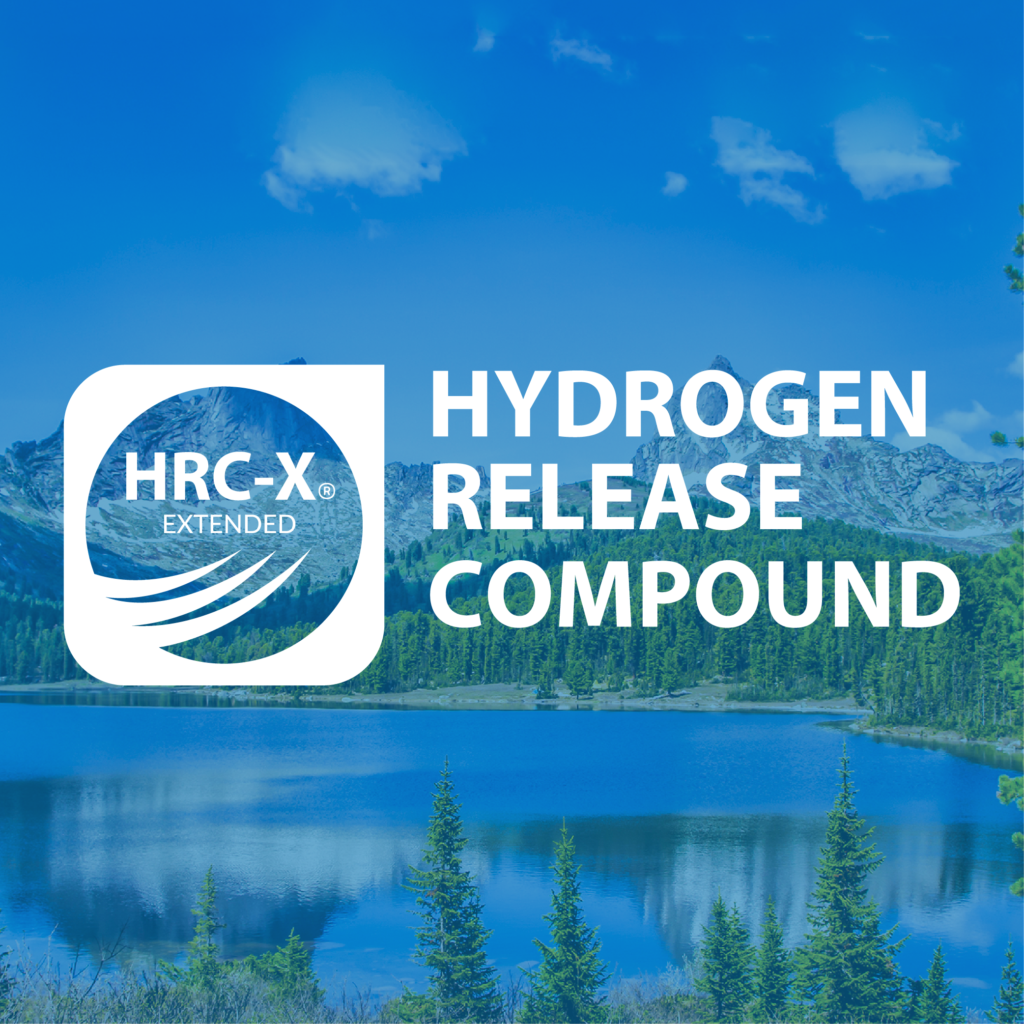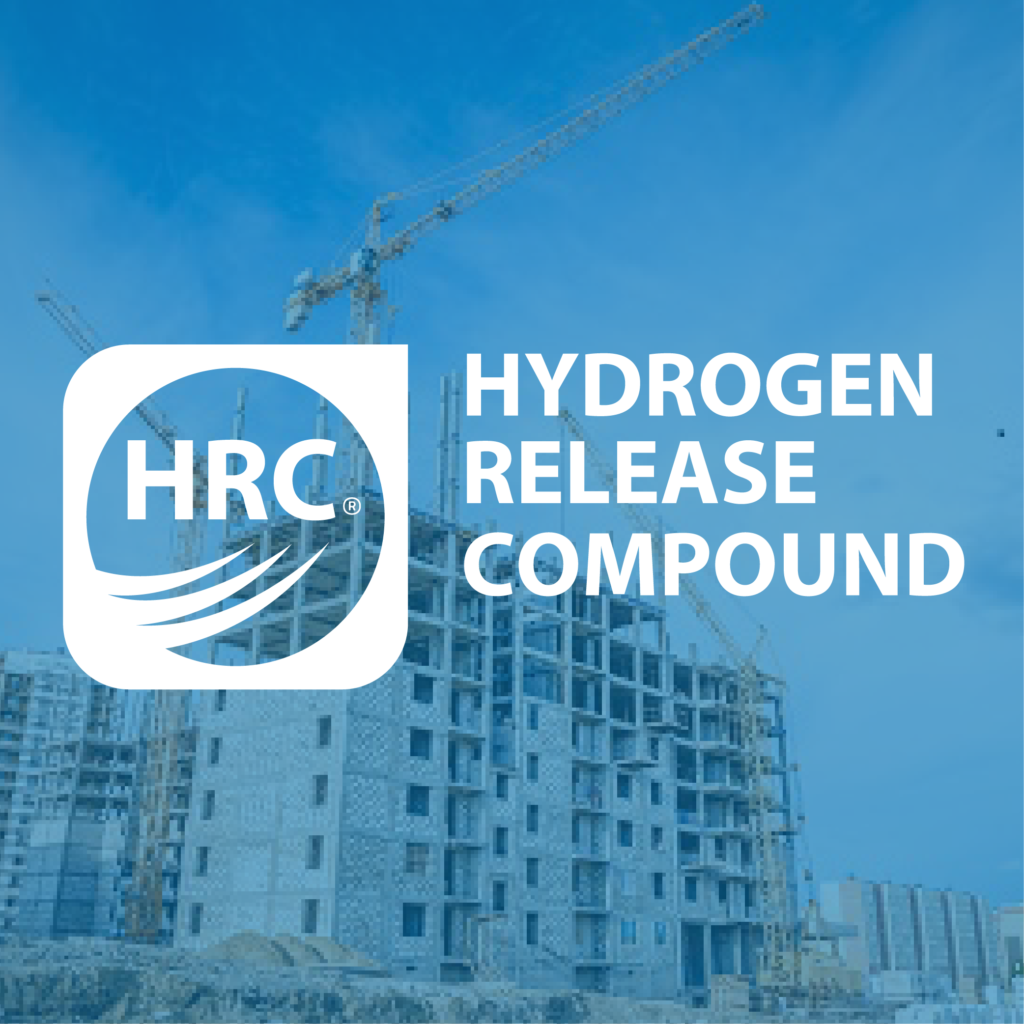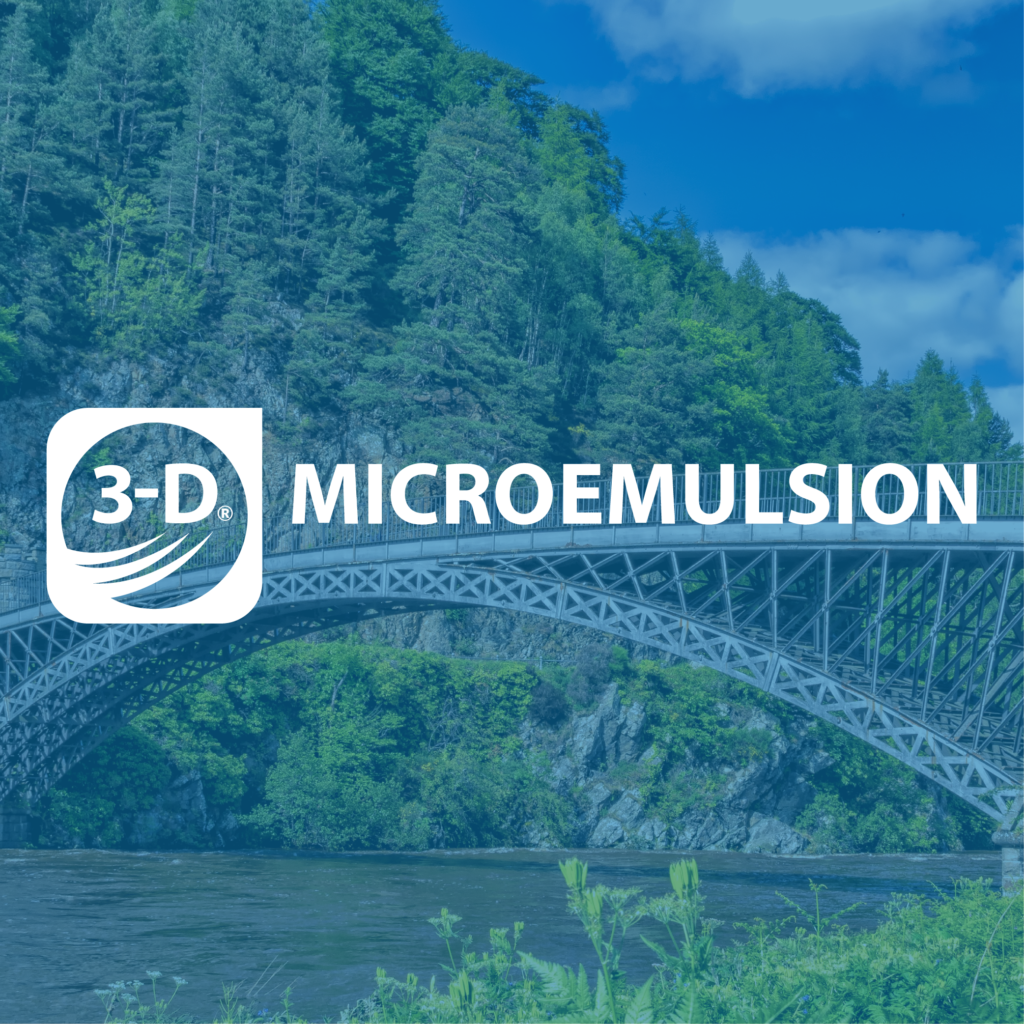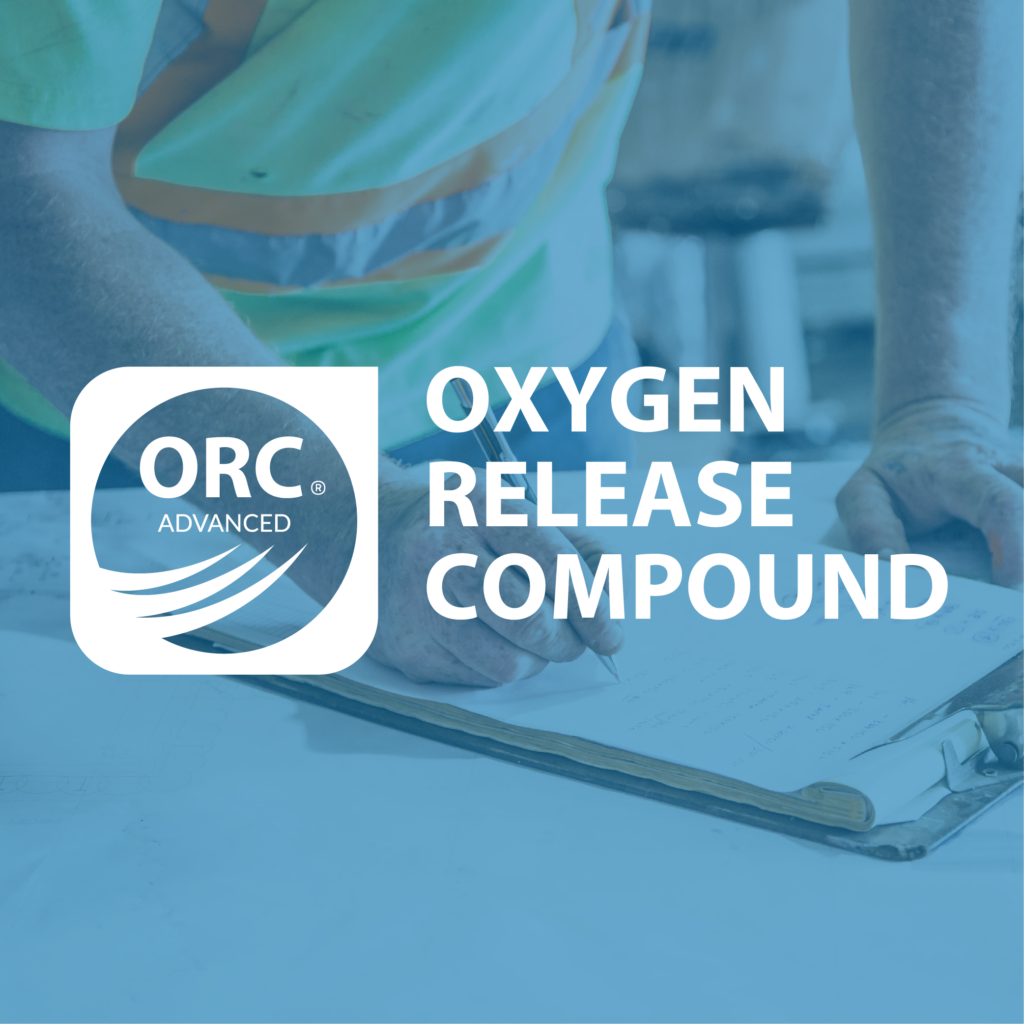ORC® and ORC Advanced® Application Instructions
ORC and ORC Advanced can be applied to the subsurface in a number of different ways. The application method chosen is often determined by a range of factors including depth to groundwater, soil type, location and extent of contaminants, remediation objectives, etc. Typical installation of these controlled-release oxygen amendments involves mixing the ORC or ORC Advanced powder with water and forming an injectable slurry. The slurry is then injected into the subsurface using direct-push technology which can be an extremely cost-effective, efficient and clean way to deliver controlled-release oxygen into groundwater. Other common application types for ORC and ORC Advanced include: oxygen curtains (barriers), excavations, tank-pits, trenches and single or multi-well filter socks.
The following table contains ORC and ORC Advanced installation instructions for several different types of installations.
PetroCleanze® White Paper
Petroleum Hydrocarbon Mass Removal using Reagent Based Enhanced DesorptionRead More
PersulfOx® Catalyzed Persulfate White Paper
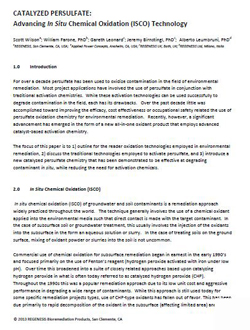 CATALYZED PERSULFATE:
CATALYZED PERSULFATE:
Advancing In Situ Chemical Oxidation (ISCO) Technology
For over a decade persulfate has been used to oxidize contamination in the field of environmental remediation. Most project applications have involved the use of persulfate in conjunction with traditional activation chemistries. While these activation technologies can be used successfully to degrade contamination in the field, each has its drawbacks. Over the past decade little was accomplished toward improving the efficacy, cost effectiveness or occupational safety related the use of persulfate oxidation chemistry for environmental remediation. Recently, however, a significant advancement has emerged in the form of a new all-in-one oxidant product that employs advanced catalyst-based activation chemistry.
The focus of this paper is to 1) outline for the reader oxidation technologies employed in environmental remediation, 2) discuss the traditional technologies employed to activate persulfate, and 3) introduce a new catalyzed persulfate chemistry that has been demonstrated to be effective at degrading contaminant in situ, while reducing the need for activation chemicals.
Length of White Paper is 16 pages including 2 pages of references.
Format is portable PDF file.
PersulfOx™ Bulletins
RegenOx® Bulletins
Metals Remediation Compound (MRC®) Bulletins
Extended Hydrogen Release Compound (HRC-X®)
HRC-X®
Unfortunately, no Technical Bulletins are available yet for HRC-X. Please check back again at a later date!
Hydrogen Release Compound (HRC®) Bulletins

 Americas
Americas Europe
Europe Français
Français Deutsch
Deutsch Italiano
Italiano Español
Español